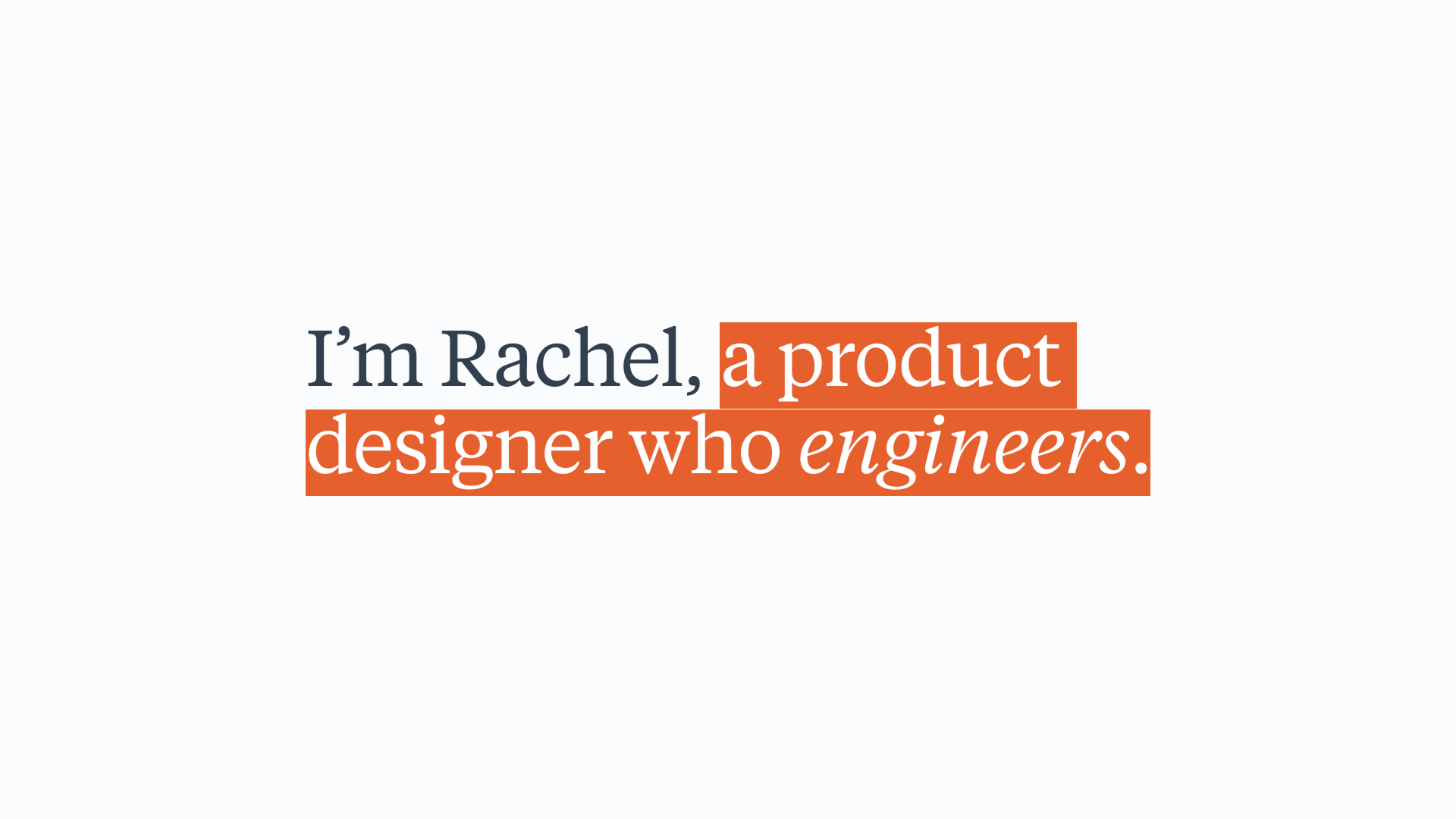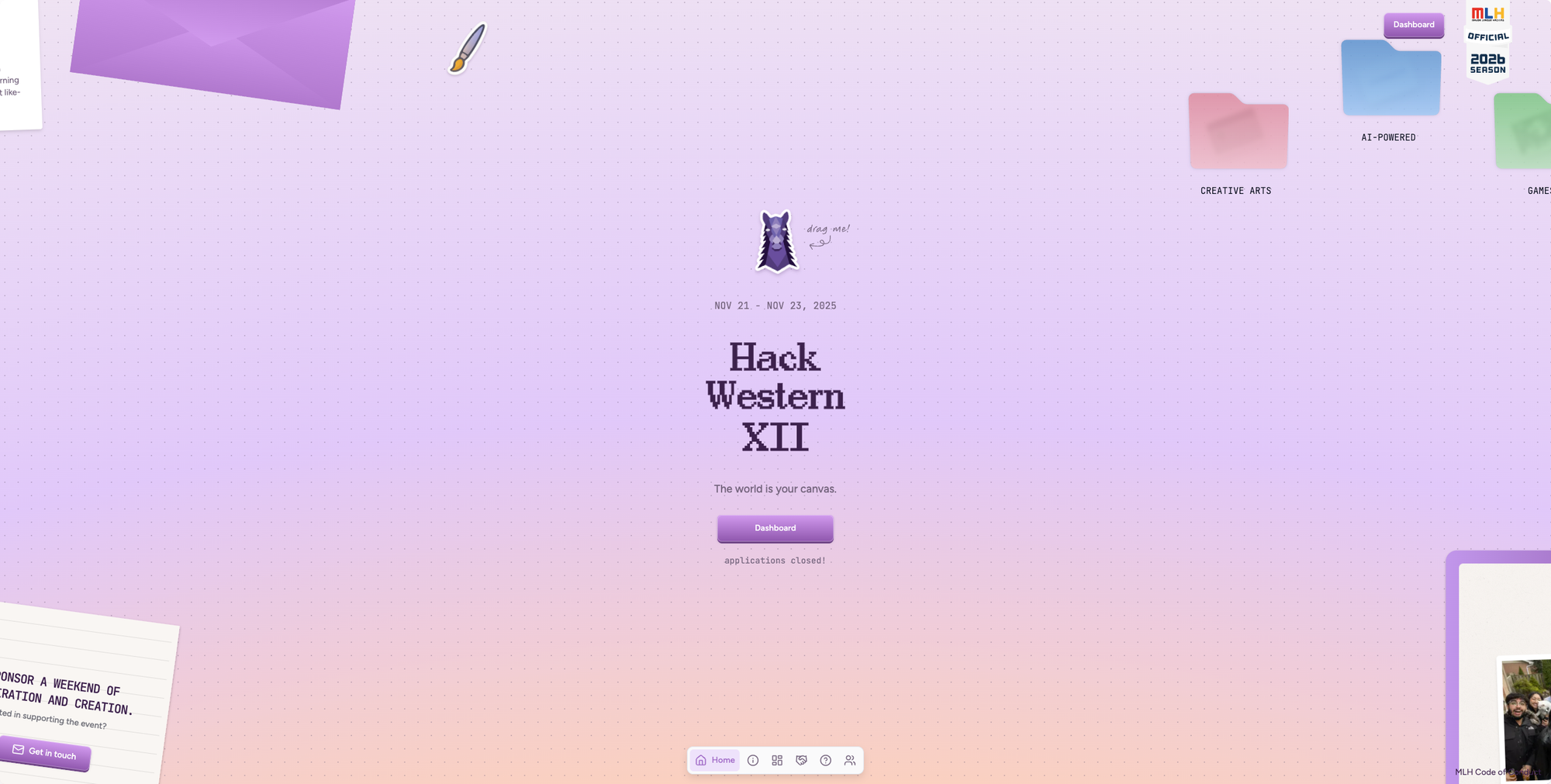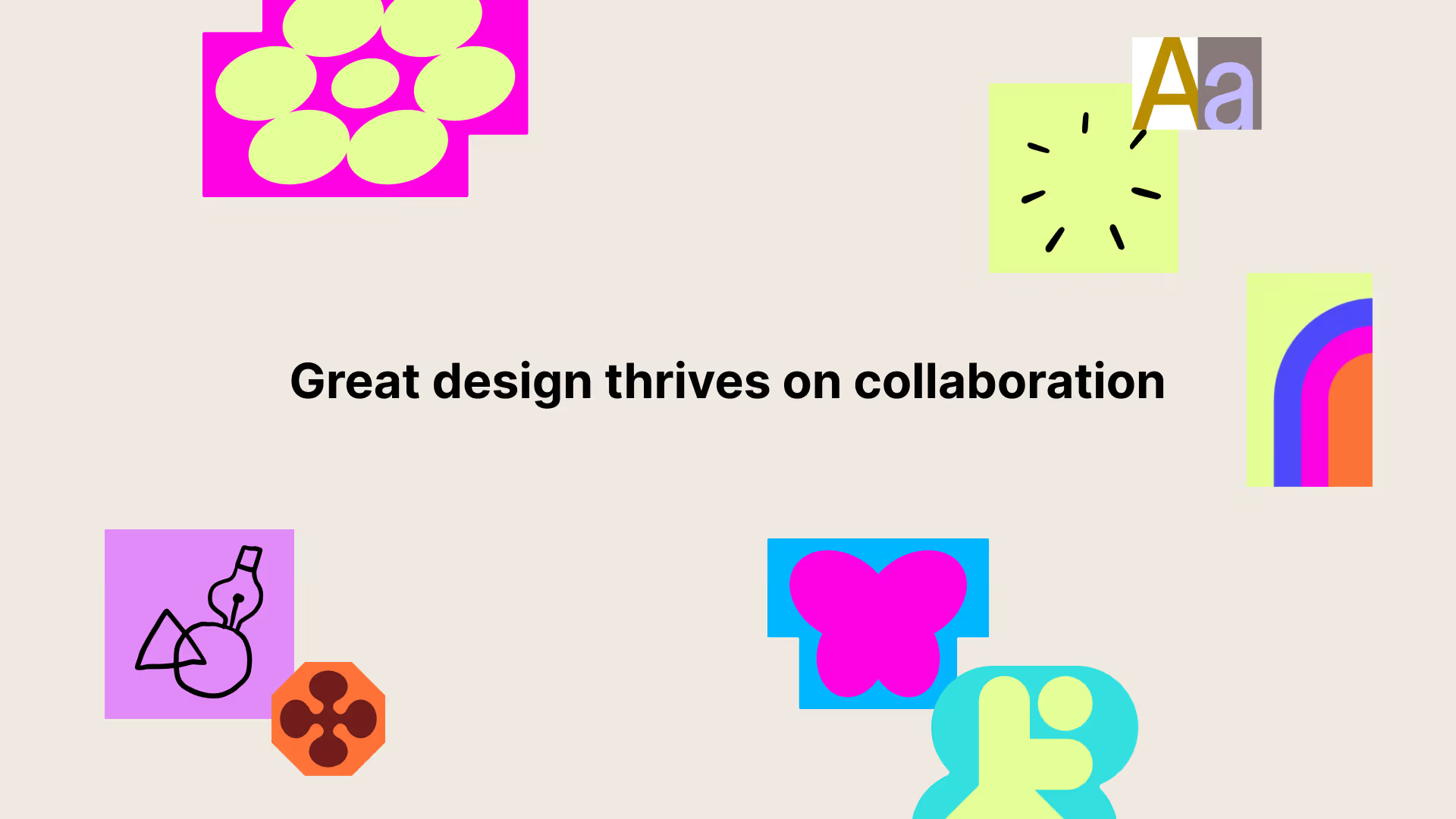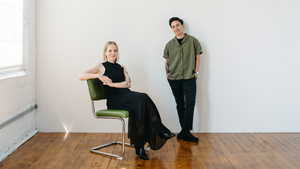This week, we hear from Rachel Chen, a product designer who also engineers. She’s one of those rare designers who shares her work with a mix of honesty, curiosity, and real generosity and excels at showing, while storytelling. I started paying attention because her posts stand out on a timeline that’s deep in its “did I cook?” era, where a lot of work feels simplistic and interchangeable. Rachel’s work doesn’t. It’s thoughtful, skilled, and clearly driven by passion rather than performance. It is a breath of fresh air.
Rachel’s path has also been unusually broad for someone early in their career. She’s moved through design and engineering internships across industries and is now at the Silicon Valley School of Design, picking up a mix of skills that give her a wide-angle view of how products are actually made. That range shows up in how she thinks and talks about her work. In this interview, she opens up about how she built her craft, what surprised her most about formal design training, and how she’s navigating the early stages of a career that blends creativity, technical depth, and intentional growth.

How did you first get into both design and engineering? Did one come first, or did they evolve together?
I started coding in Scratch in elementary school, and then began freelancing in graphic design in high school. From there, I discovered product design, which was the right path for me—I loved deeply understanding people, business, and technology, and wrapping it all together in a tangible artifact.
From there, I did both design and engineering internships to build a really diverse skill set–becoming a technical designer with a strong business sense. Now, I consider myself a product designer with engineering skills that enable me to understand how products are built, what is possible with today’s technology, and what will be possible in the future.
Some work as an intern at 1Password.
You have four internships listed on your resume. Was that intentional, and did you have a strategy behind stacking that much early experience?
I can’t say it was completely intentional! Coming into university, I didn’t think much about internships, but had my eyes set on one startup that I’d heard about through a classmate: Onova. That was the only company I applied to at the time, and I was fortunate to land the role!
In my second year, I hoped to land an internship at a bigger company and succeeded–at the Royal Bank of Canada.
In my third year, I received offers for a Winter product design internship at 1Password and a software engineering internship at Bloomberg. It wasn’t my intention to do two internships back-to-back, but I felt like both of these were really exciting opportunities that I didn’t want to turn away!
Although I didn’t have a planned strategy for building so much early experience, my mindset has always been to seek growth and be actively opportunistic.

How did you develop your product design skills and craft over time?
It took many years of getting reps in and working on as many projects as I could—personal passion projects, design-a-thons, and internships. It’s really easy to get caught up in a phase of “what should I do next” and “I want to get better, but I don’t know how”, but what has worked for me was just getting started—it doesn’t have to be the “perfect” project—and learning along the way.
At first, I focused more on leaning into my strengths of product sense, understanding people, and being technical. However, in the last several months, I’ve learned the importance of visual craft and prototyping. I’ve invested a lot more time into curating Pinterest and are.na boards, studying visual design in others’ work online, and learning motion design and prototyping. I realized that you could have the greatest UX sense and design thinking, but without strong visuals, you’ll never even get the chance to show those skills off.

Lastly, one of the greatest skills for a designer is knowing how to seek feedback. I’m the type of person who can get quite attached to my work. Still, I’ve forced myself to embrace feedback as a gift, and now even go as far as asking for harsh and brutally honest feedback (even if it means choking down some tears) and learning how to present work and facilitate feedback sessions, whether with colleagues, mentors, peers, and even non-designer friends, has been instrumental to my growth as a designer.

You’re currently in the Silicon Valley School of Design. What led you to choose SVSD?
As a self-taught designer, I was well into my university career but still felt a lack of clarity in the design space and wanted greater rigour in my skill development. When I heard of SVSD, it felt like what I was looking for—a place to really learn what design is and get challenged.
Six months into SVSD now, I feel like it has been the best investment I’ve made in myself.

You already seemed like a strong designer before joining SVSD. What have you learned or experienced there that’s been surprising or indispensable?
I already had some experience coming into SVSD, but I was looking to become exceptional. And in that journey, I’ve learned and grown in ways I certainly didn’t expect to.
- Networking - a big challenge for me has always been building relationships and connections within the industry. I’m naturally introverted and an overthinking person, which makes it difficult to initiate conversations–especially with people I look up to. By challenging myself to put myself out there (with encouragement from SVSD) through cold outreach and posting my work online, I’ve had incredible conversations with some of my design heroes and received an unimaginable number of opportunities.
- Storytelling - I had never really understood the importance of storytelling in design until SVSD. Doing the work is one thing, but being able to talk about it with clarity and impact is a whole different skill. I can feel the difference it’s made in our internal SVSD crits, in my interviews, and in the way I approach conversations as a whole.
Naheel, who runs SVSD, has been such a wonderful mentor and has given me so much more than design skills to walk away with.

What’s your favourite thing you’ve designed or built so far?
This may be a little corny, but my portfolio. Out of all my projects, it’s the one that has gotten the most iterations, the most dedication, and is the one I am the most proud of—and is certainly the most “me.” I spent late nights tinkering with motion curves for the thumbnail animations, pushing deployment after deployment to resolve bugs, and exploring fun Easter eggs (currently RacheLLM, my AI sidebar).
My portfolio is still far from perfect, though, and I always welcome feedback!

What tools are in your design and tech stack right now?
I’ve always been a Figma fan and use Cursor daily! Recently, I’ve been exploring Midjourney for image generation and art direction, and Lottielab and Protopie for motion and prototyping.
Looking ahead, what are you dreaming about? Are there any products you’d love to design or build in the future?
I’m really excited about consumer AI and experimental AI products. I’m currently working with Amazon to explore new possibilities for Alexa+ and AI experiences, and hope to continue working on cool projects like this.
In the future, I’ll certainly be building my own startup—not sure what it’ll be yet!






